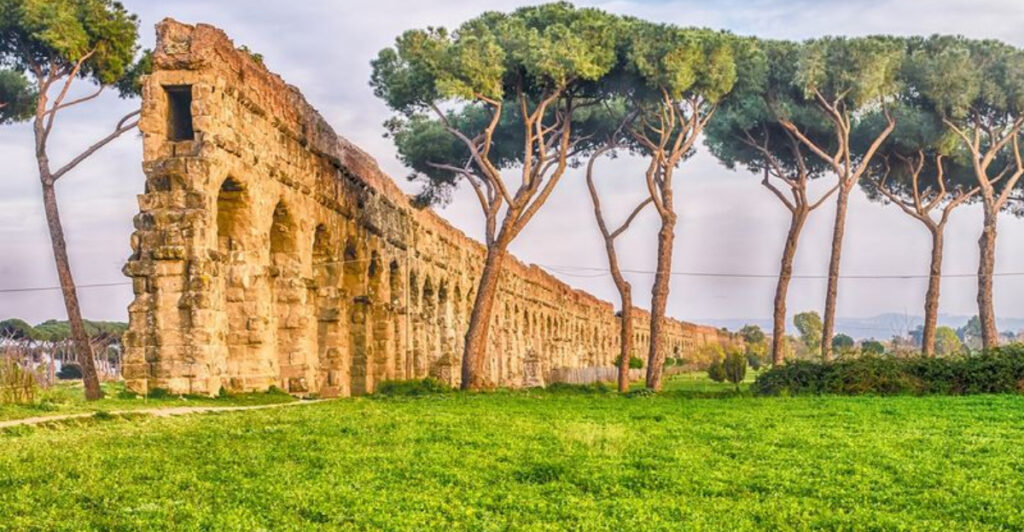Nestled in the heart of Italy lies a quaint town, often overlooked by tourists but steeped in secrets of the ancient Roman world. Beyond the typical ruins and amphitheaters, this town holds treasures that textbooks have yet to uncover. From enigmatic sculptures to forgotten tales etched in stone, these hidden gems offer a glimpse into a bygone era. Each item tells a unique story, revealing the intricacies of Roman life, art, and culture. Whether it’s an ancient artifact or a little-known historical tidbit, these discoveries promise to enrich our understanding of Roman history and captivate the imagination.
1. The Whispering Walls
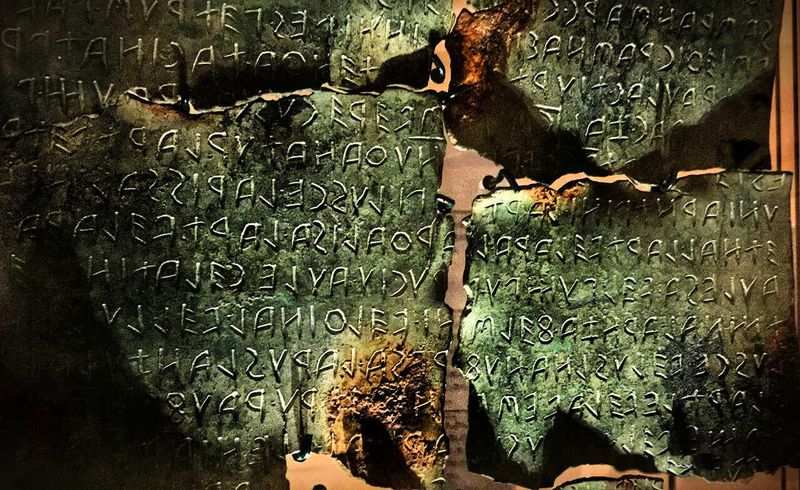
Echoes of ancient voices, these Whispering Walls once stood as a lively forum, bustling with Roman citizens. Imagine the senators and merchants leaning in to share secrets or political gossip. One can almost hear the faint whispers of deals being struck and alliances formed. A remnant of a world long past, these walls offer a tactile connection to Roman civic life. The intricate carvings and inscriptions provide a peek into the daily transactions and social norms of the time. Today, they stand silent, yet hold volumes in their stony embrace, awaiting modern explorers to decipher their messages.
2. The Forgotten Fountain
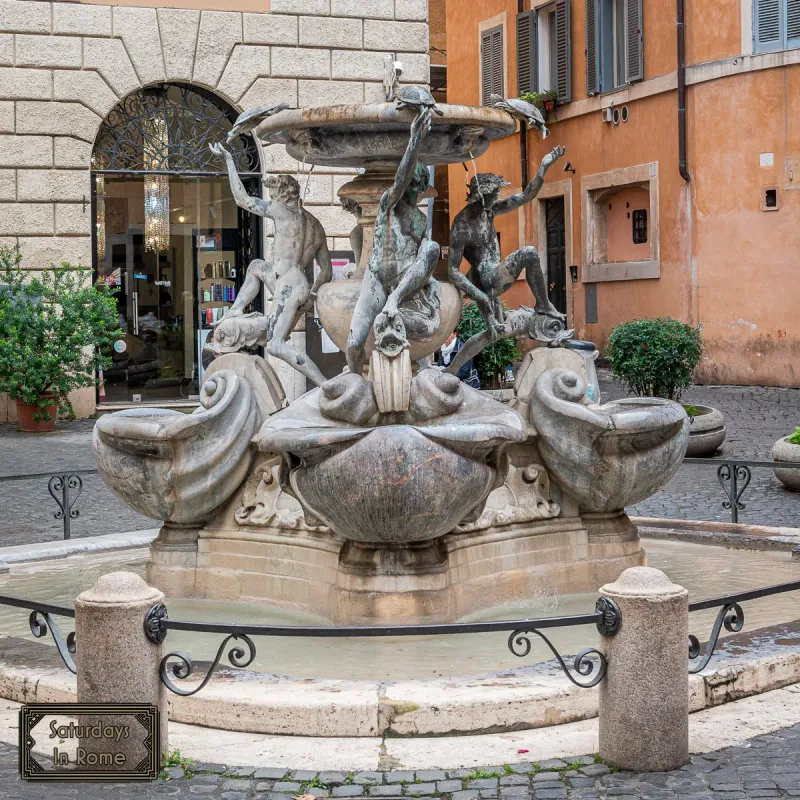
In a secluded corner, the Forgotten Fountain trickles gently, a relic of Roman ingenuity and artistry. Once a centerpiece for gatherings, it now rests quietly, its waters murmuring songs of antiquity. Imagine the joy and laughter of Roman children playing around it, while adults exchanged news and pleasantries. This fountain, though forgotten by many, still bears the marks of skilled Roman craftsmanship. Its stones, though weathered, hint at the grandeur of a civilization that valued aesthetics and functionality. A symbol of life’s continuity, it invites visitors to pause and reflect on the passage of time.
3. The Enigmatic Statue
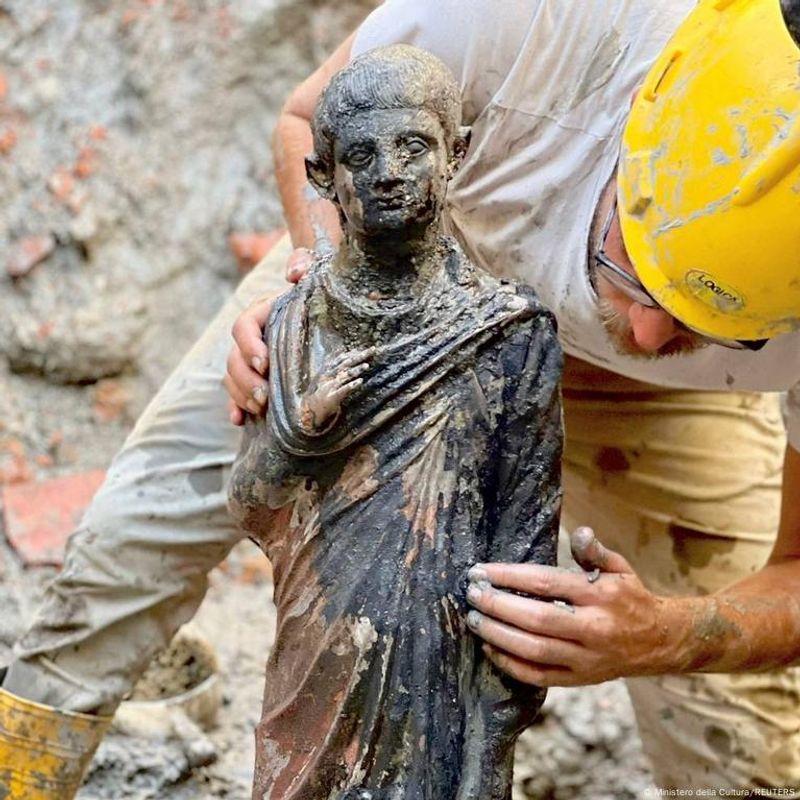
Shrouded in mystery, the Enigmatic Statue stands as a sentinel of history, half-buried in the earth. Its features, though eroded, tell tales of a revered figure from Rome’s illustrious past. Locals often speculate about its origins – a deity, a philosopher, or perhaps a forgotten hero? Each possibility adds layers to its allure. This statue, draped in the whispers of time, captures the imagination with its enigmatic presence. It serves as a reminder of the town’s rich heritage, waiting for a curious mind to unearth its stories and reveal its true identity.
4. The Hidden Mosaics
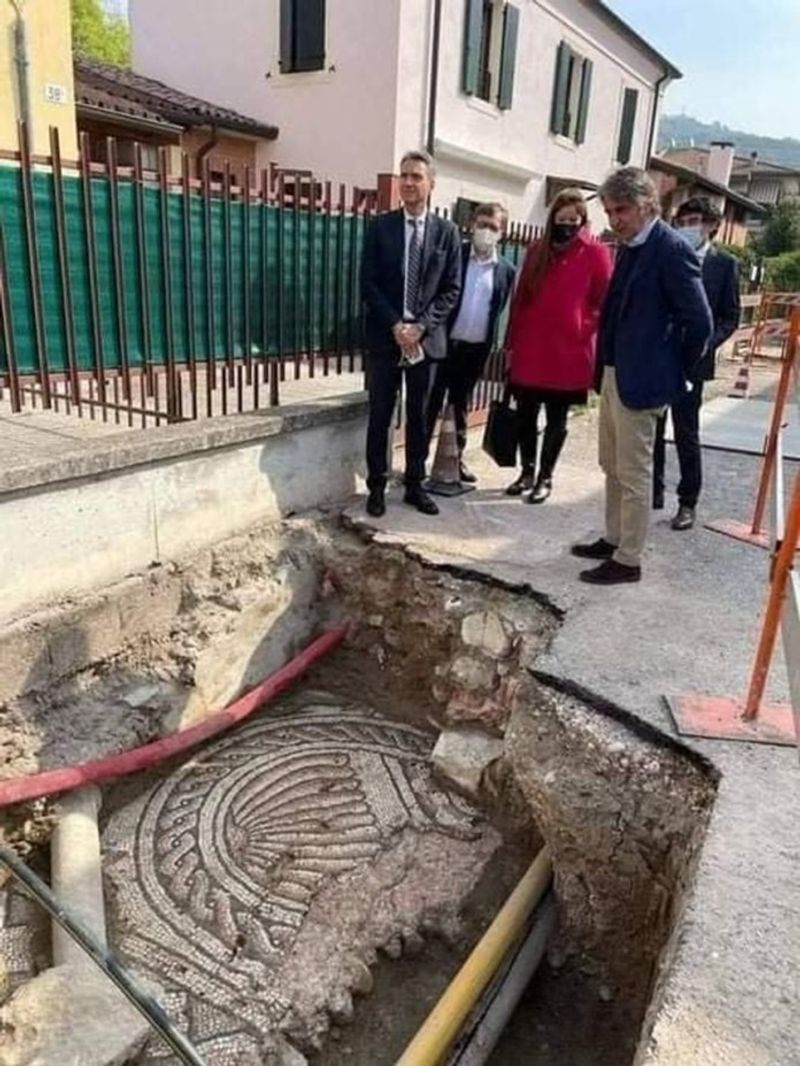
Beneath layers of time lies the Hidden Mosaics, a testament to Roman artistry and attention to detail. Each tiny tile tells a story, weaving together scenes of myth, nature, and daily Roman life. Imagine the artists, painstakingly crafting these masterpieces, infusing them with vibrant colors and intricate patterns. Once adorning villas of the elite, these mosaics whisper secrets of opulence and artistry. Today, they are a canvas of history, waiting to be fully unveiled and admired. Their beauty, though hidden to many, is a vivid reminder of the aesthetic sensibilities of ancient Romans.
5. The Secret Bathhouse

The soothing echoes of water still linger in the Secret Bathhouse, where Romans once sought relaxation and social interaction. Imagine the air filled with steam and laughter, as citizens indulged in this communal ritual. The bathhouse was more than a place for cleansing; it was a hub for news, politics, and leisure. The worn marble and surviving tile work echo a time when luxury met necessity, offering glimpses into the sophisticated lifestyle of ancient Rome. Though time has muted its vibrancy, the bathhouse remains a hidden enclave of history and cultural richness.
6. The Mysterious Altar
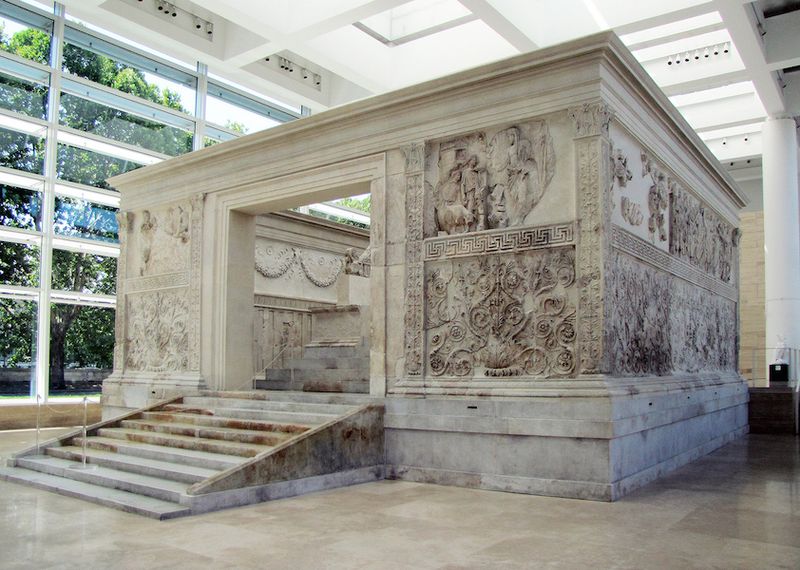
The Mysterious Altar, nestled in a secluded grove, is a silent witness to ancient rituals and prayers whispered to the gods. Its surface, etched with symbols and adorned with offerings, speaks of devotion and spirituality. Picture the Romans, gathered in reverence, as they sought favor or forgiveness. This altar, though weathered, holds the energy of countless supplications. It stands as a testament to the spiritual dimension of Roman life, inviting contemplation and wonder. Visitors find themselves drawn to its enigmatic presence, pondering the mysteries it once held and the rituals it bore witness to.
7. The Timeless Sundial

Casting shadows and marking hours, the Timeless Sundial remains an enduring symbol of Roman innovation. Positioned to capture the sun’s traverse, it once guided the daily rhythms of work and leisure. Imagine the townsfolk relying on its precision, a testament to Roman knowledge of astronomy and timekeeping. Though lichen now caresses its surface and time has tilted its posture, the sundial continues to whisper wisdom across the centuries. It connects past and present, a functional relic that once synchronized Roman life with the celestial dance. Visitors stand in its shadow, pondering time’s relentless passage.
8. The Silent Amphitheater

Once echoing with cheers and drama, the Silent Amphitheater now stands in serene solitude. Imagine the performances that captivated Roman audiences, the laughter and applause reverberating through the stone seats. A place of entertainment and community, it captured the essence of Roman cultural life. Today, it rests in quiet dignity, overgrown yet intact, a silent witness to countless stories and emotions. The stage, though empty, invites reflection on the shared human experience, connecting past performances to present imagination. It remains a hidden gem, waiting for new stories to unfold in its historic embrace.
9. The Overlooked Aqueduct
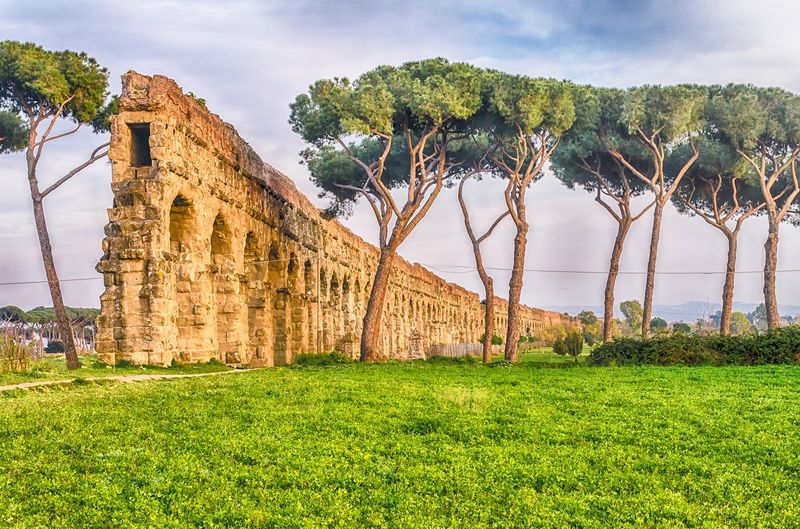
The Overlooked Aqueduct, a marvel of Roman engineering, whispers of a time when water flowed seamlessly across the landscape. This fragment, peeking through foliage, once channeled life to the town, a vital artery of sustenance. Picture the ingenuity and labor that crafted such a structure, ensuring prosperity and health. Though nature has reclaimed its path, the aqueduct’s presence remains a testament to Roman innovation and foresight. It speaks of a civilization that understood the balance between nature and necessity, inviting admiration for their sophisticated solutions to everyday challenges. A reminder of resilience and resourcefulness.
10. The Veiled Temple
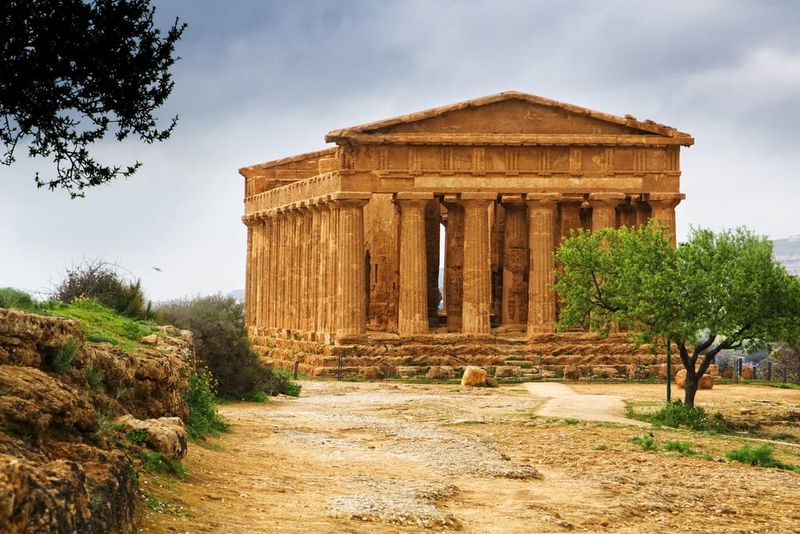
The Veiled Temple, with its proud columns and silent altar, murmurs legends of Roman spirituality and grandeur. Imagine the rituals and ceremonies that once filled this space, drawing believers to its sacred grounds. Though veiled by time and nature, it retains an aura of reverence and mystery. The temple’s architectural grace and symbolic carvings reflect the depth of Roman religious practices. Hidden yet powerful, it calls to those who seek to understand the spiritual heart of ancient Rome. A place of reflection and wonder, it bridges the divine and mortal realms, whispering secrets of faith and devotion.
11. The Cloaked Catacombs
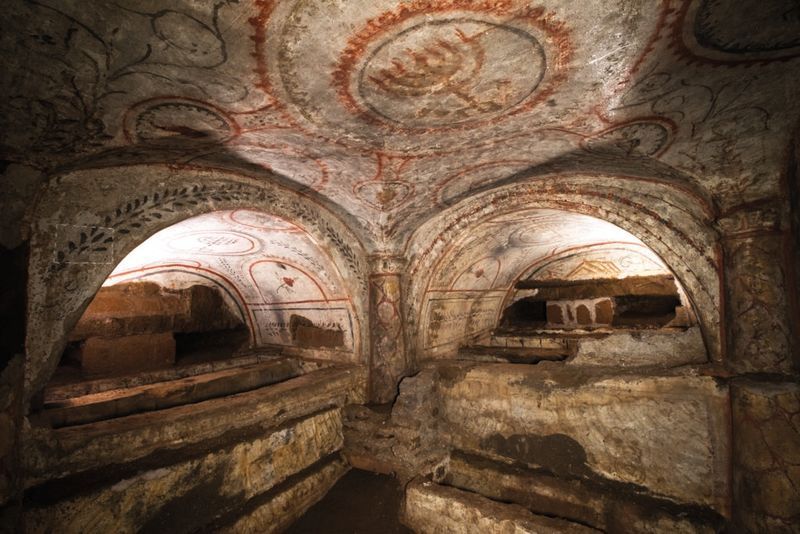
Beneath the earth, the Cloaked Catacombs weave a tapestry of ancient Roman afterlife beliefs. These shadowy passages, etched with symbols and carvings, whisper tales of those laid to rest. Imagine the solemn processions that once navigated these corridors, carrying loved ones to their eternal sleep. The catacombs, cloaked in mystery, speak of a culture that revered both life and death. They offer a haunting yet fascinating glimpse into Roman attitudes towards mortality and remembrance. Visitors tread softly, guided by flickering lights, as they ponder the stories held within these hallowed walls, connecting past to present.
12. The Concealed Garden
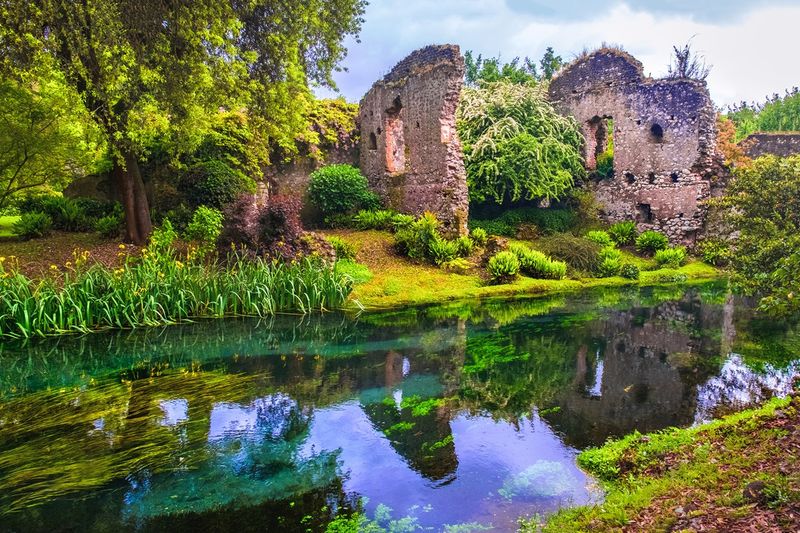
Tucked away, the Concealed Garden enchants with its blend of nature and Roman art. Ancient statues and pathways, though overgrown, paint a picture of leisurely afternoons and philosophical musings. Imagine Romans strolling through, engaging in discourse amidst the flora. This garden, though concealed, echoes a time when nature and intellect intertwined. Its statues, silent guardians of tranquility, invite contemplation and connection with the natural world. A symbol of serenity, it offers a peaceful retreat, preserving the Roman love for gardens as spaces of reflection and conversation, inviting modern visitors to discover its hidden allure.
13. The Forgotten Library

Whispers of knowledge linger in the Forgotten Library, where scrolls and scholars once coexisted. Picture the learned Romans engrossed in texts, exchanging ideas and philosophies. Its broken columns and scattered remnants hint at a bastion of intellect and inquiry. Though time has silenced its halls, the library remains a testament to Rome’s thirst for knowledge. It invites exploration and imagination, connecting seekers of wisdom across centuries. This hidden sanctuary of learning, though forgotten, continues to inspire curiosity and reverence for the legacy of Roman scholarship and the enduring pursuit of understanding the world.
14. The Submerged Ruins

Glimpses of history surface in the Submerged Ruins, where Roman structures rest beneath a tranquil lake. These remnants, half-visible through the water’s clear embrace, whisper tales of a bygone era. Imagine Romans walking these halls, now home to fish and aquatic life. The juxtaposition of ancient pillars and nature creates a surreal landscape, telling a story of resilience and adaptation. The ruins invite exploration, revealing the interconnectedness of past and present. Visitors are drawn to their ethereal beauty, finding wonder in the submerged whispers of a civilization that once thrived above the water’s surface.
15. The Overgrown Courtyard
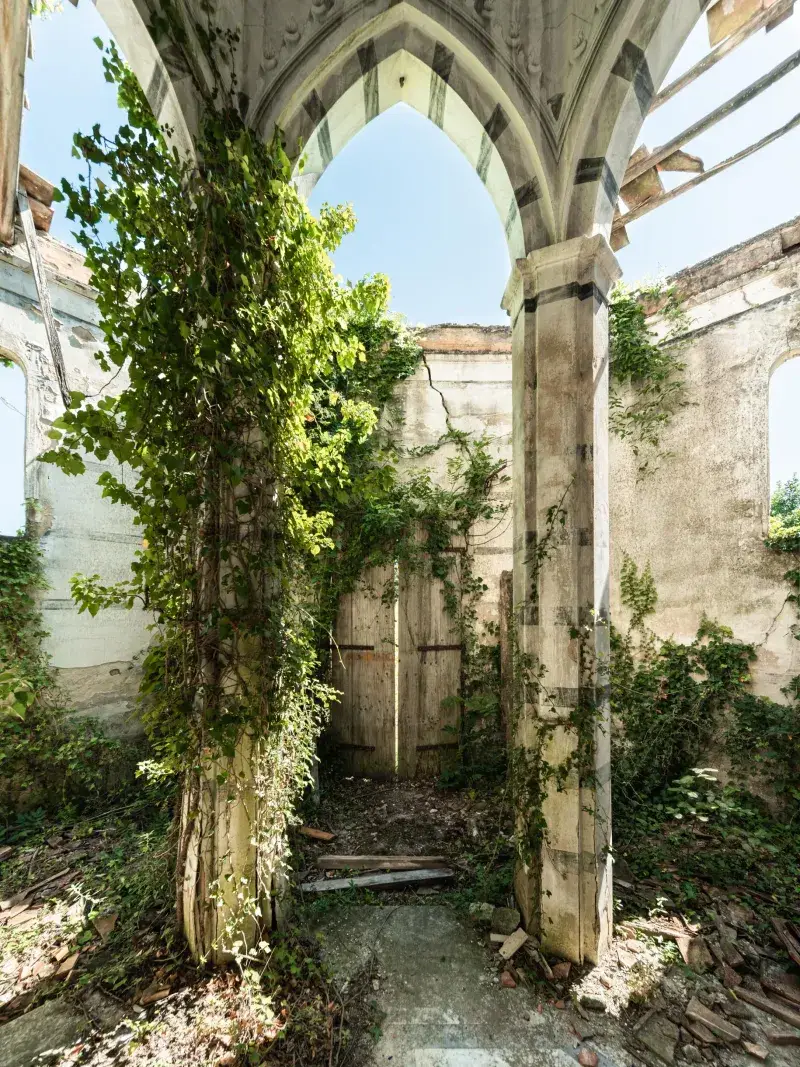
The Overgrown Courtyard, a forgotten space now vibrant with wildflowers, evokes memories of vibrant Roman gatherings. Picture the elegance of togas and the hum of conversation against a backdrop of stone arches. Though nature has reclaimed this courtyard, its essence as a social hub lingers. The remnants of pathways and architecture tell stories of community and connection. This hidden gem, bathed in nature’s palette, invites reflection on the passage of time and the enduring human desire for fellowship. A testament to beauty and resilience, it calls visitors to stroll among its blooms and history.
16. The Enchanted Grotto
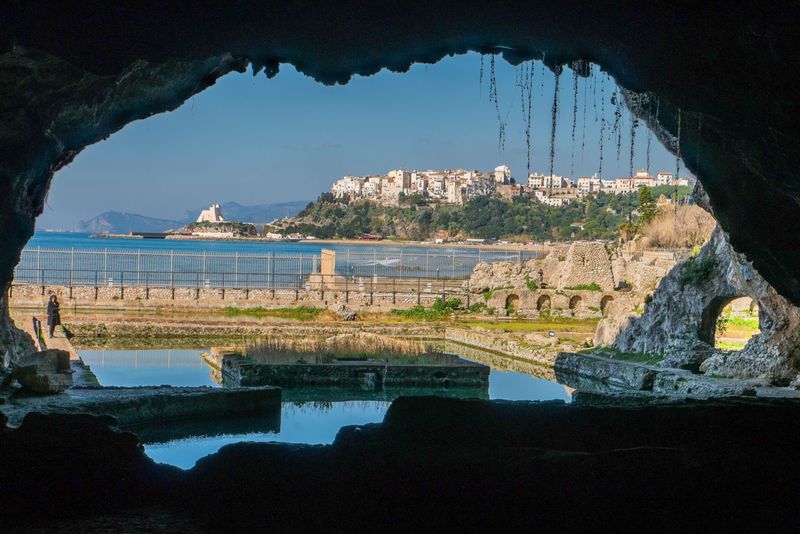
Magic and history intertwine in the Enchanted Grotto, where stalactites hang like natural chandeliers, illuminating ancient carvings. This natural wonder, once a Roman sanctuary, whispers of rituals and stories etched in stone. Imagine the flicker of torchlight dancing across the walls as Romans sought solace or inspiration. The grotto, hidden within a hillside, captivates with its blend of geology and human touch. Visitors are drawn into its depths, enchanted by the echoes of history and nature’s artistry. It stands as a testament to the harmony between man and nature, a sacred space of reflection and wonder.
17. The Silent Barracks
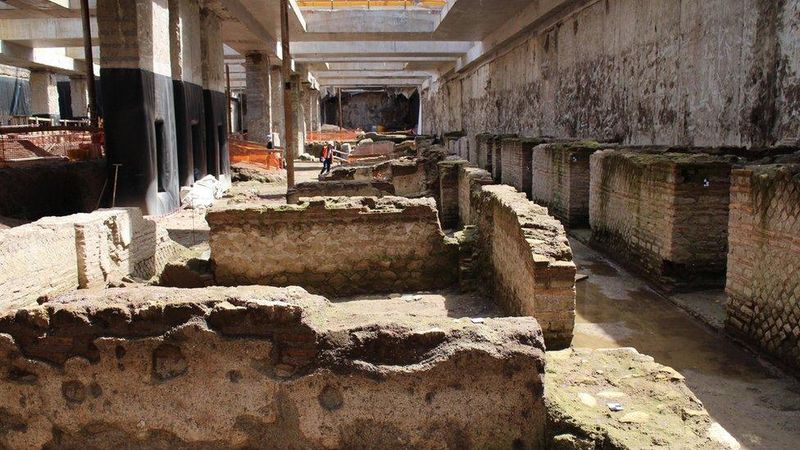
The Silent Barracks, once echoing with the discipline of Roman soldiers, now rests in quiet solitude. Picture the camaraderie and discipline that filled these stone rooms, where tales of valor and duty unfolded. Though time has faded the frescoes and worn the stone beds, the spirit of the legion remains. These barracks, hidden amidst modern life, speak of military prowess and the legacy of Rome’s forces. They offer a glimpse into the daily life of soldiers, connecting the past’s discipline with the present’s curiosity. Visitors wander through, honoring the echoes of a formidable empire.
18. The Mystic Cavern
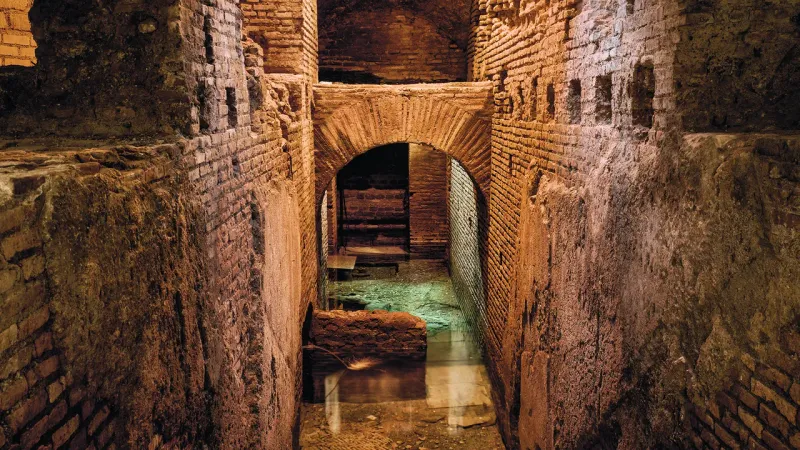
Deep within the forest lies the Mystic Cavern, a place where nature and ancient Rome converge in a dance of shadows and reflections. Roman carvings adorn its walls, telling stories of a past entwined with legend. Imagine the flicker of water reflections illuminating these tales as Romans sought divine inspiration. This cavern, a natural cathedral, whispers of spiritual quests and hidden truths. Visitors are drawn to its serene beauty, pondering the mysteries it holds. The cavern stands as a monument to Rome’s spiritual depth, inviting exploration and reflection on the eternal connection between humanity and the divine.
19. The Hidden Workshop

Behind a grove, the Hidden Workshop reveals glimpses of Roman craftsmanship and creativity. Imagine artisans shaping marble and metal, their tools echoing with potential and promise. Unfinished sculptures, frozen in time, speak of artistic journeys interrupted. This workshop, though hidden, captures the essence of Roman innovation and artistry. It invites admiration for the skilled hands that once breathed life into stone and metal. Visitors find inspiration in the remnants of creativity, pondering the stories and visions left uncompleted. The workshop stands as a tribute to the timeless pursuit of art, bridging ancient skill with modern appreciation.
20. The Lost Amphorae
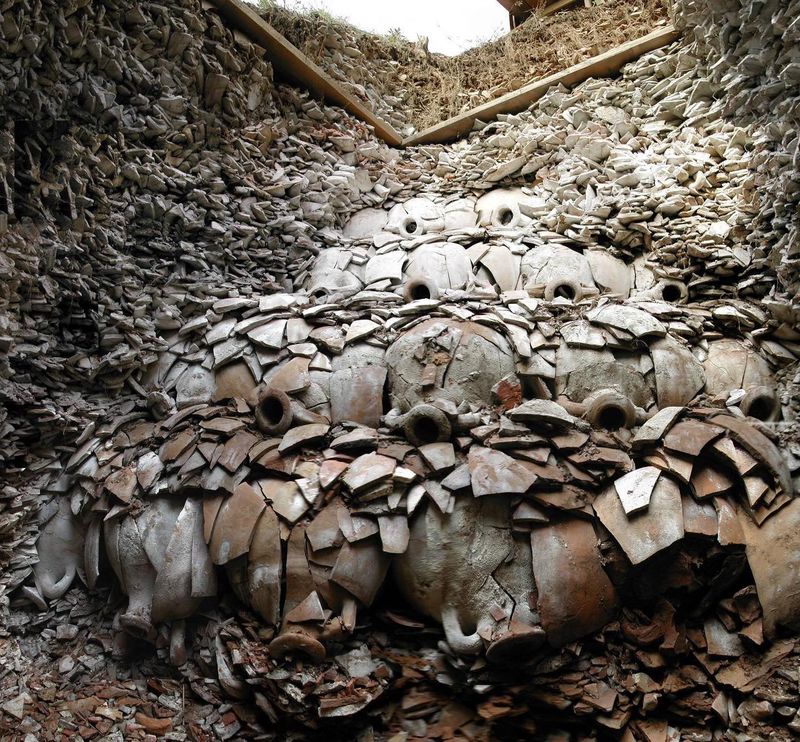
Among sandy whispers, the Lost Amphorae lie partially buried, revealing ancient tales of trade and daily life. Each amphora, with intricate designs, speaks of journeys across the Mediterranean, carrying oil, wine, and stories. Imagine the bustling ports and eager merchants that once cradled these vessels. Though time and sand have obscured their origins, the amphorae remain as tokens of Rome’s vast network and cultural exchange. They invite reflection on the interconnectedness of ancient societies, hinting at the vibrant life that once thrived around them. A hidden treasure, they continue to inspire curiosity and wonder.

